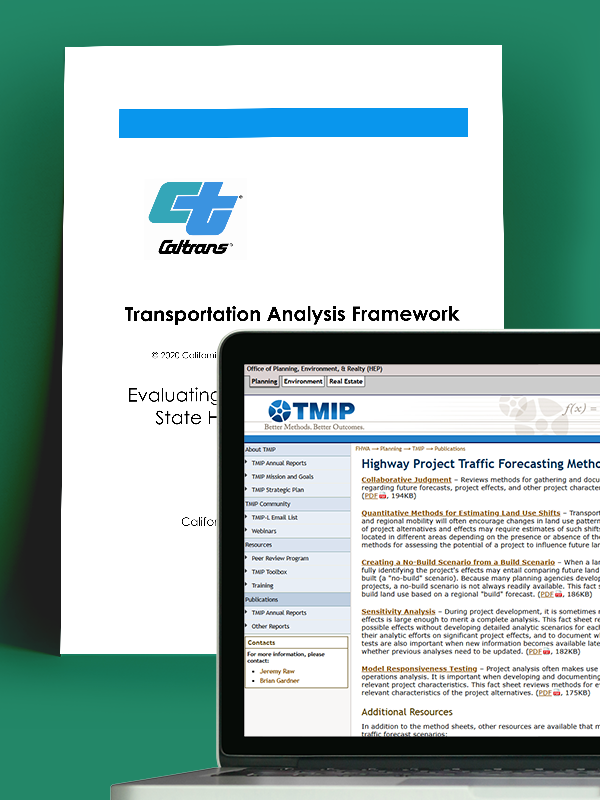Highway Traffic Forecasting

Highway Traffic Forecasting
Whether framed for sustainability, greenhouse gas reduction, safety, or land use efficiency, Vehicle Miles Traveled (VMT) is aligned with the values of many cities, counties, and even states as a critical metric to support desired transportation outcomes. Induced VMT refers to the phenomenon where building or expanding highway capacity can lead to a rise in overall vehicle travel that dampens congestion relief benefits and contributes to higher levels of air pollutant and GHG emissions. Understanding induced VMT becomes imperative for policymakers to address this complex issue while striving for balanced solutions that promote mobility without an overreliance on automobiles.
For those interested in induced VMT and how transportation projects contribute to VMT impacts, we are excited to announce a new federal resource as well as California state guidance that includes technical input from our national VMT experts listed below.
share this article
Contributors
Ron Milam
Forecasting Practice Leader
AICP, PTP
Email Me
Jerry Walters
Principal
Chris Breiland
Director of Research & Development
PE
Email Me
Bruce Griesenbeck
Transportation Analyst
Email Me
Explore More
ITE & Florida PR District Annual Meeting 2025 | Aug 10-13
We’re looking forward to joining the 2025 Joint ITE International and Florida Puerto Rico District Annual Meeting and Exhibition to share ideas, insights, and innovative strategies for safer transportation.
Hugh Louch Joins Fehr & Peers as a Principal
Based in our Oakland office, Hugh brings decades of experience in transportation safety and systems planning.
2025 Staff Promotions
We’re excited to recognize our team members who were promoted in 2025. Thank you for all you do!









